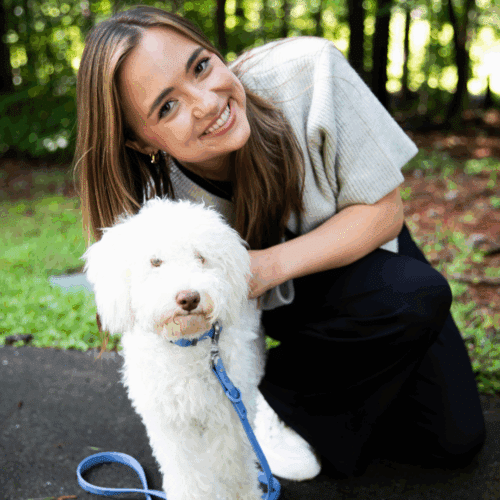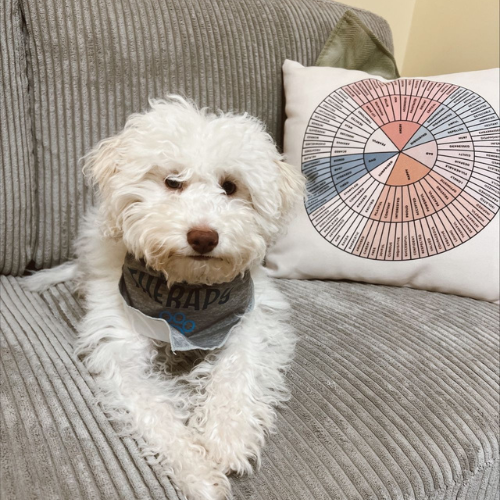When you or someone you love suffers from an eating disorder, the odds are that food restriction plays a role. That’s because food restriction offers an element of control for a person who otherwise may feel out of control.
As a result, food exposure can be one of the most effective ways to fight food restriction. Today, we’re going to talk about what food restriction looks like and how food exposure therapy can help.
Why Might a Person with an Eating Disorder Restrict Food?
Avoiding foods allows a person with an eating disorder to feel like they’re meeting a goal. Of course, this looks different from one eating disorder to the next.
With anorexia, a person may severely restrict food to reduce calories in hopes of attaining what seems like the perfect body. And if you have binge eating disorder, you may find yourself strongly avoiding certain types of foods for a period after overeating. (1)
After a sustained period of food avoidance, some people find it difficult, scary, and even upsetting to consider eating things like bread, filling meats, cheese, milk, or sugary sweets. And while, sure, some of these foods are best eaten in moderation, for a person with an eating disorder, overcoming the fear of eating forbidden foods is crucial.
What Does Food Exposure Therapy Look Like?
Some suggest starting by making a list of the foods that frighten you. And we won’t make light of this experience.
Perhaps even writing down a word like “cake” feels ominous. Take a deep breath and remember that food exposure therapy is a process. You can take your time moving from thinking about cake to writing down the word cake, reading the word, considering it, ordering it, and taking a bite. If this process takes weeks or months, that’s okay!
It’s also important to remember that every step, even a small one, gets you closer to feeling healthy and whole again. So, inhale again, and see what step you can take today.
Once you’ve written a list of forbidden foods, prioritize the foods based on the ones you’d be most willing to try, followed by foods you’ll need to work up the courage to eat. Then give yourself a challenge. Maybe you’ll commit to trying one food off your list each week.
And know now that you’ll probably feel pretty nervous about it when you do. You might worry that just one bite of bread will cause you to unravel your eating habits completely. You may wonder what your body will look like or how much self-control you’ll lose. Go ahead and worry as long as you take that bite of bread.
Then see what happens. The odds are that you’ll discover you’re still you and that will be okay. And with time, better than okay!
That’s because food exposure therapy allows you to see that no one food will harm you. And with the help of a nutritionist, doctor, or therapist, you can develop a healthy eating approach that serves you and your body well for years to come! Connect with us by completing our contact form today, and a member of our compassionate team will help answer your questions and explain our treatment programs.













































